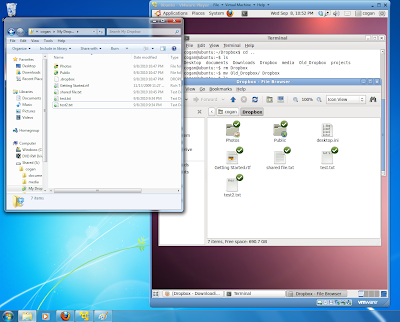Perfect Cut Copy Paste With Gvim
If you've ever wanted to copy and paste in Gvim with standard windows hotkeys using the system clipboard, just put the following in your .vimrc file. I've seen several tips similar to this one, but the copy and pasting often comes out slightly wrong. I guarantee these commands to work exactly how you'd expect. vmap <C-c> "+yi vmap <C-x> "+c vmap <C-v> c<ESC>"+p imap <C-v> <ESC>"+pa Explanation: 1) Copy - When text is highlighted (Visual Mode), Ctrl-C will copy the highlighted text to the + register (system clipboard). 2) Cut - When text is highlighted, Ctrl-X will cut the highlighted text. 3) Paste (visual), When text is highlighted, Ctrl-V will paste over the currently highlighted text. 4) Paste (insert), When in insert mode, Ctrl-V will paste. NOTE: There is no command to paste text while in normal mode. This is because Ctrl-V is reserved for Blockwise Visual Mode, and also because it's completely...
